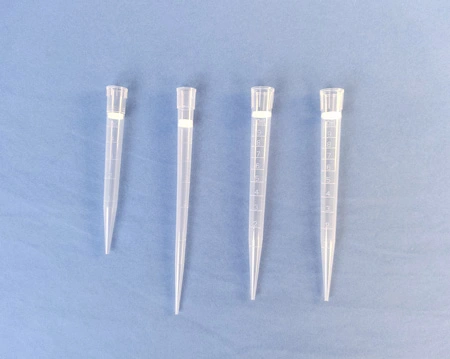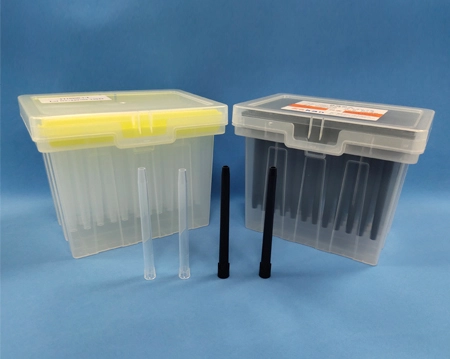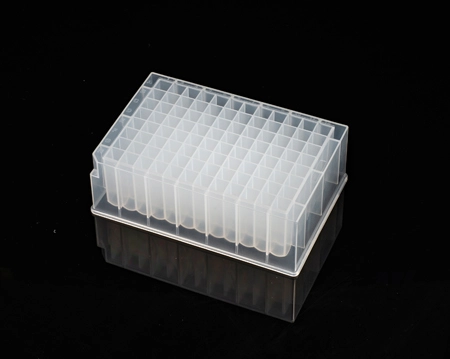What Is The Purpose Of Pipettes In Life Science Researches?
Pipettes are a critical tool used in life science research for accurate and precise measuring of liquids. They are used in various applications including cell culture, PCR, ELISA, and DNA sequencing.
There are two types of pipettes: serological pipettes and micropipettes.
Serological pipettes are typically used for larger volumes (1 mL-50 mL) and are commonly used for transferring media, buffer solutions, and reagents. They are made of high-quality polyethylene, can be sterilized and are disposable. These pipettes have graduations on their sides indicating their volume.
Micropipettes, also called automatic pipettes, are used for smaller volumes (1 µL-1000 µL) and provide more precision to researchers. They are commonly used in molecular biology applications, and as such can be used for measuring volumes of DNA, RNA, proteins, and other reagents. Micropipettes are further classified into single-channel and multi-channel pipettes.
Single-channel pipettes are used for work involving one sample at a time, while multi-channel pipettes are used when doing repetitive work on multiple samples. They help save time by dispensing the same volume across multiple samples at a time through their multiple channels.
In conclusion, pipettes are a critical consumables in laboratory for accurate and precise measuring of liquids, which is crucial for the success of any experiment. They help researchers to conduct their experiments with a high degree of accuracy and reliable results.
 English
English  中文
中文  日本語
日本語  한국어
한국어  français
français  Deutsch
Deutsch  Español
Español  italiano
italiano  русский
русский  português
português  العربية
العربية  tiếng việt
tiếng việt 


